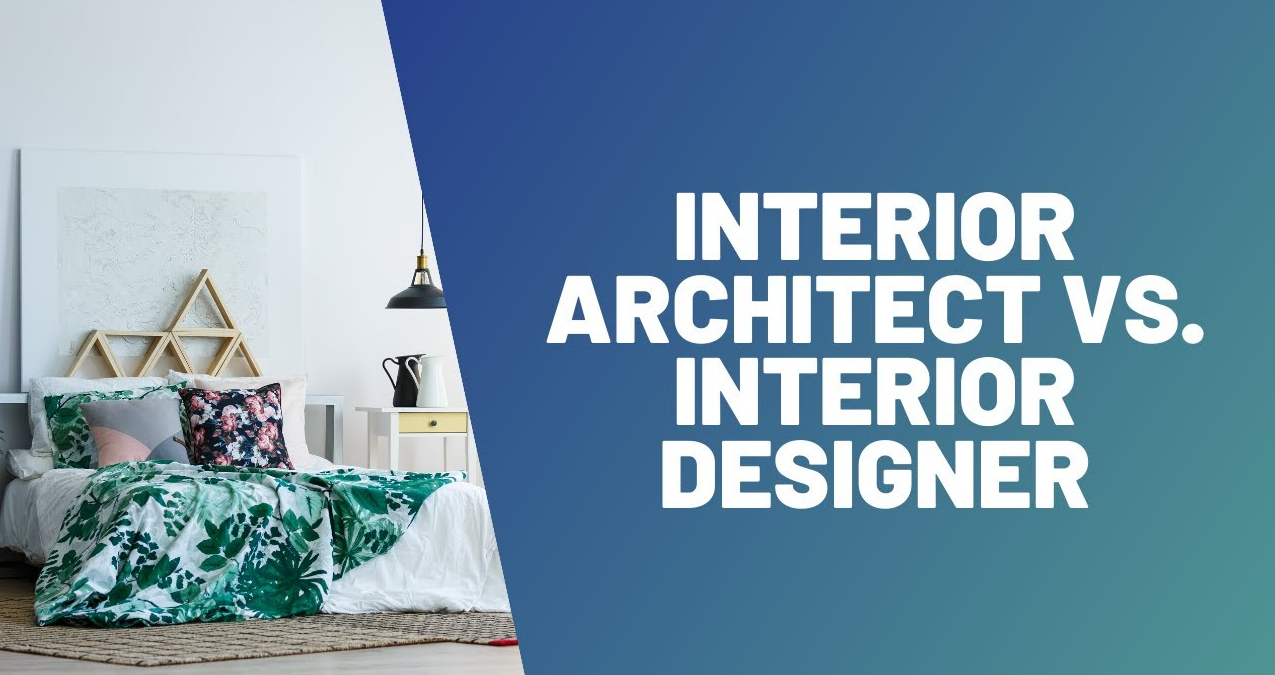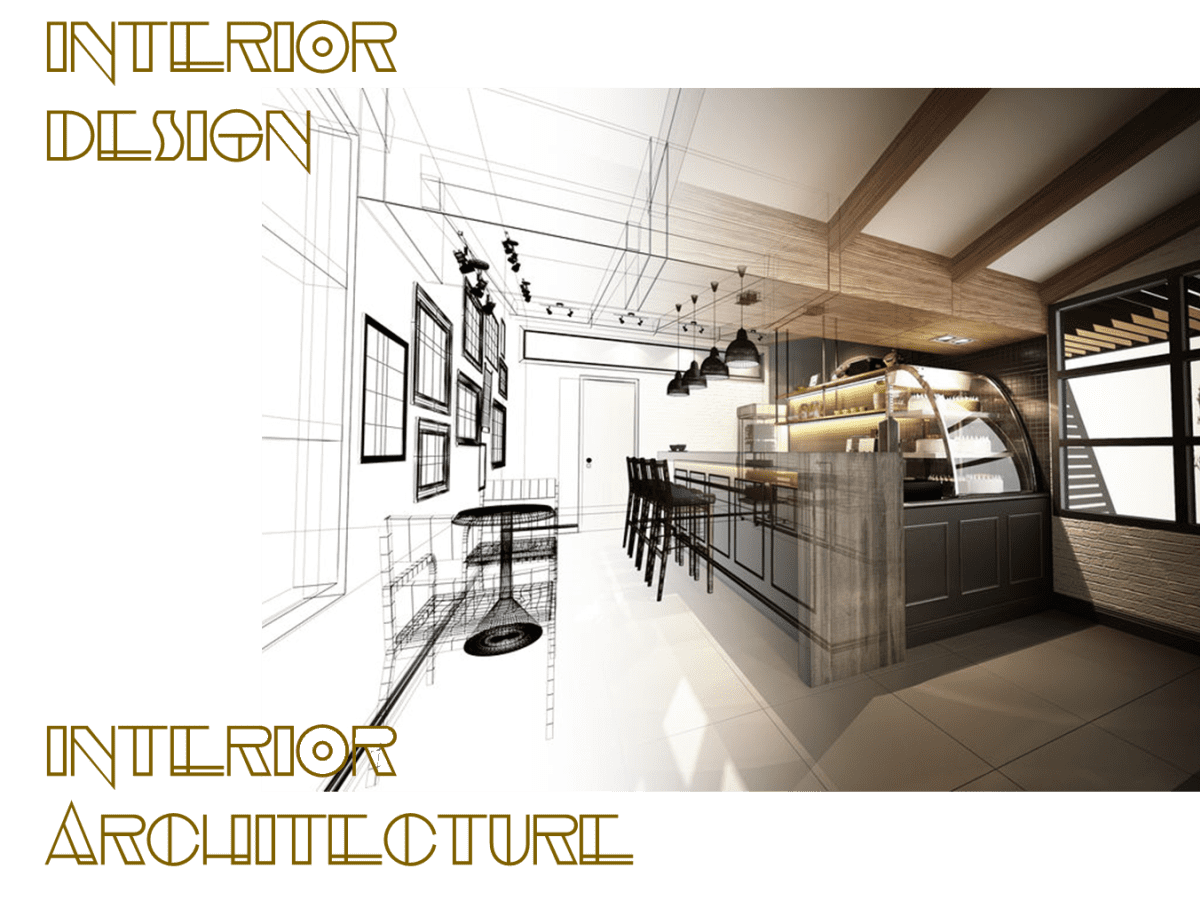Gorgeous Countryside Homes Interior Design for Nature-Inspired Living
Gorgeous Countryside Homes Interior Design for Nature-Inspired Living
Blog Article
The Art of Balance: Just How Interior Design and Home Designer Collaborate for Stunning Outcomes
In the world of home layout, striking an equilibrium in between looks and capability is no tiny task. This fragile stability is accomplished via the unified cooperation in between indoor designers and engineers, each bringing their unique know-how to the table. The outcome? Areas that are not only visually magnificent but additionally extremely livable. Nevertheless, this best mix is not always very easy to attain. Remain with us as we discover the details of this joint process and its transformative effect on home style.
Comprehending the Core Distinctions In Between Interior Style and Home Design
While both interior design and home architecture play essential roles in producing cosmetically pleasing and functional areas, they are naturally different disciplines. It deals with the 'bones' of the framework, functioning with spatial dimensions, load-bearing walls, and roofing system styles. On the various other hand, indoor design is a lot more worried with improving the sensory and aesthetic experience within that structure.
The Harmony Between Home Design and Inside Design
The harmony in between home architecture and Interior Design exists in a common vision of style and the enhancement of practical looks. When these 2 areas straighten harmoniously, they can change a home from average to phenomenal. This collaboration requires a deeper understanding of each self-control's principles and the capability to produce a cohesive, visually pleasing setting.
Unifying Style Vision
Unifying the vision for home architecture and interior design can create a harmonious living area that is both practical and visually pleasing. It promotes a collaborating strategy where building components complement interior layout elements and vice versa. Therefore, unifying the layout vision is vital in blending style and interior layout for sensational results.
Enhancing Functional Visual Appeals
Exactly how does the synergy between home style and Interior Design boost functional aesthetics? This synergy enables the development of spaces that are not just visually enticing but also conveniently usable. Engineers lay the foundation with their structural layout, making certain that the space is reliable and sensible. The interior designer then matches this with meticulously chosen aspects that enhance the looks without endangering the performance. This harmonious cooperation can lead to homes that are both beautiful and liveable. An architect might create a residence with high ceilings and large home windows. The interior designer can then highlight these attributes with high plants and sheer drapes, specifically, hence boosting the visual appeal while keeping the useful advantages of natural light and space.
Importance of Partnership in Creating Balanced Spaces
The collaboration between interior designers and engineers is critical in producing balanced spaces. It brings harmony between style and architecture, bring to life rooms that are not only aesthetically pleasing yet additionally functional. Discovering successful collaborative approaches can provide insights into exactly how this harmony can be effectively attained.
Balancing Style and Style
Equilibrium, an important facet of both Interior Design and design, can only really be achieved when these 2 fields operate in harmony. This consistency is not merely a visual factor to consider; it impacts the capability, resilience, and eventually, the livability of a space. Interior architects and designers have to understand each other's duties, value their know-how, and interact effectively. They have to take into consideration the interaction of structural aspects with decoration, the circulation of spaces, and the effect of light and color. This joint process results in a cohesive, well balanced design where every component has a purpose and adds to the general aesthetic. Integrating style and architecture is not simply about producing beautiful spaces, yet regarding crafting areas that function seamlessly for their inhabitants.
Effective Collective Methods

Instance Studies: Successful Combination of Layout and Style
Examining a number of study, it comes to be evident just how the successful combination of Interior Design and architecture can transform an area. The Glass House in Connecticut, renowned for its minimalistic beauty, is one such instance. Designer Philip Johnson and interior developer Mies van der Rohe collaborated to create a harmonious equilibrium in between the interior and the structure, leading to a seamless circulation from the outside landscape to the inner living quarters. One more prototype is the Fallingwater Residence in Pennsylvania. Engineer Frank Lloyd Wright and indoor developer Edgar Kaufmann Jr.'s collaborative initiatives lead to an amazingly special home that mixes with its natural environments. These instance research studies underscore the extensive effect of an effective layout and style partnership.

Getting Rid Of Challenges in Layout and Style Collaboration
Regardless of the indisputable advantages of a successful cooperation between Interior Design and style, it is not without its obstacles. Interaction issues can occur, as both parties might utilize various terms, understandings, and approaches in their job. This can cause misconceptions and delays in project conclusion. Another significant obstacle is the balancing act of aesthetics and functionality. Engineers might prioritize architectural stability and security, while designers focus on comfort and style. The assimilation of these purposes can be complicated. Furthermore, spending plan and timeline restraints commonly include pressure, potentially causing rifts in the partnership. Efficient communication, shared understanding, and concession are critical to conquer these difficulties and accomplish a successful and harmonious cooperation.

Future Patterns: The Progressing Partnership Between Home Architects and Inside Designers
As the world of home layout proceeds to evolve, so does the connection in between designers and interior designers. Alternatively, interior designers are welcoming technical elements, affecting overall layout and capability. The future promises a much more natural, innovative, and adaptive strategy to home design, as designers and engineers continue her response to obscure the lines, fostering a connection that really embodies the art of balance.
Verdict
The art of equilibrium in home design is accomplished via the unified cooperation in between interior developers and engineers. An understanding of each this website other's self-controls, efficient interaction, and shared vision are critical in producing visually spectacular, functional, and welcoming areas. Despite challenges, this partnership promotes development and development in design. As the connection in between home engineers and indoor designers develops, it will certainly remain to form future patterns, boosting convenience, efficiency, and personal expression in our home.
While both interior design and home architecture play necessary roles in creating visually pleasing and practical rooms, they are inherently different self-controls.The synergy in between home style and interior layout exists in a common vision of design and the improvement of useful aesthetic appeals.Unifying the vision for home design and indoor design can create an unified living space that is both practical and cosmetically pleasing. Therefore, unifying the design vision have a peek at this website is critical in blending architecture and interior style for spectacular results.
Just how does the synergy in between home architecture and indoor design boost useful appearances? (Winchester architect)
Report this page